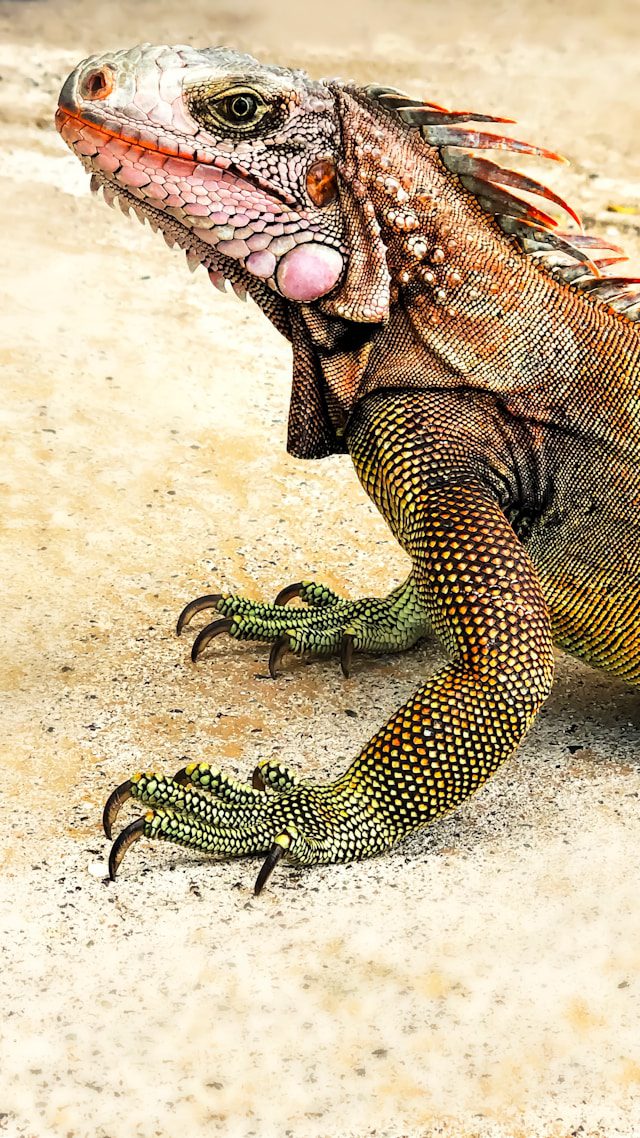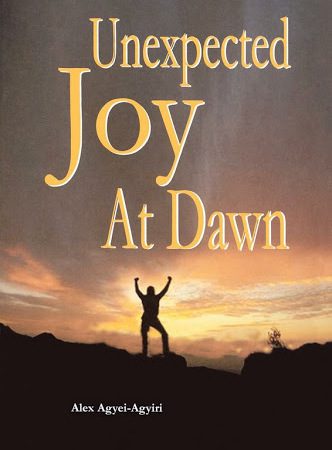Piano and DrumsWhen at break of day at a riverside I hear the jungle drums telegraphing the mystic rhythm, urgent, raw like bleeding flesh, speaking of primal youth and the beginning I see the panther ready to pounce the leopard snarling about to leap and the hunters crouch with spears poised; And my blood ripples, turns torrent, topples the years and at once I'm in my mother's laps a suckling; at once I'm walking simple paths with no innovations, rugged, fashioned with the naked warmth of hurrying feet and groping hearts in green leaves and wild flowers pulsing. Then I hear a wailing piano solo speaking of complex ways in tear-furrowed concerto; of far away lands and new horizons with coaxing diminuendo, counterpoint, crescendo. But lost in the labyrinth of its complexities, it ends in the middle of a phrase at a daggerpoint. And I lost in the morning mist of an age at a riverside keep wandering in the mystic rhythm of jungle drums and the concerto. — Gabriel Okara
Analysis
Gabriel Okara was born on 24 April, 1921 in Nembe, Delta State, educated at Government College, Umuahia, and Northwestern University, won the Nigeria Prize for Literature in 2005, and died on 25 March, 2019.
In “Piano and Drums”, Okara employs the idiom of music to discuss the subject of culture conflict.

Piano represents Western culture that was introduced by European colonialists, while drums stand for the indigenous African culture.
The poet-persona is born into an African culture that is in close proximity to nature, which is evoked in the first two stanzas.
“Then,” the word that begins the third stanza, introduces a strange rhythm produced by a piano, a foreign musical instrument. The introduction of a foreign beat brings confusion into the life of the poet-persona, for the natural “mystic rhythm” with which he is familiar clashes with the “complex ways” of the “wailing piano.”
In the fourth and last stanza of the poem, he is lost and left in the lurch, wandering in the convoluted rhythms of the two cultures. It is in that state of confounding double consciousness that all educated Africans find themselves and stuggle to cope with problems of hybridity.
A negritude poem, the lyric explains the crisis of identity that confronts Africans who live a double life as a consequence of the colonial conquest and the imposition of a foreign way on them.
In every area of culture in contemporary African society — architecture, burial, education, ethic, fashion, wedding, religion, technology or creative writing — there is conflict. The autochthonous clashes with the imported. Only inheritors of the ambiguous heritage who are able to blend the two cultures, to which the Asian mode has been added, synthesise and harmonise all the diverse influences can live a relatively happy life.
The indigenous traditions have not died and the foreign have not been assimilated. The result is that people keep doing a difficult and strenuous balancing act that causes many to be bewildered, fall and fail.
The tragedy of Africa is not so much the problem of hybridity of culture as that of loss of control, for the foreign way is hegemonic and constitutes a threat to the indigenous and destroys it. For example, the indigenous way is communalistic in contradistinction to the foreign that is individualistic. The “solo speaking” piano is a metaphor for the Western lifestyle.
Capitalism divides society into two opposed classes and breeds enmity, hate, crime and violence, which are sources of discomfort and pain represented by the image of “tear-furrowed concerto” in the third line of the third stanza.
The labyrinthine complexities of the foreign way, which are regarded as civilization and as superior to the simple African cultural patterns, unfortunately, lead to a cataclysmic and tragic ending. As the last clause in the third stanza puts it, the historical progression made possible by a dizzying scientific and technological revolution “ends in the middle / of a phrase at a daggerpoint.” The instability of the historical movement is represented by the image of “a daggerpoint,” which also symbolizes extreme aggression.
Think of the perfection of military weapons and the possibility of sudden destruction of the world in a nuclear war. The “morning mist” in which the protagonist is lost is to be understood in the sense of the climate of angst, fear and terror that hangs over the world. All humanity is caught in the thick cloud of uncertainty.
Industrial revolution has caused a monumental problem of environmental pollution that endangers continued existence of the human race. Many rare animal and plant species are now extinct.
Historians regard the age of primitive communalism as the Golden Age of humanity. As represented in the first two stanzas of the poem, the age of primitive communalism is the period of infancy in human history, of “primal youth and the beginning.” It is “urgent, raw / like bleeding flesh,” that is, lively, natural and vigorous, unlike the modern and mechanized age that is artificial.
The last three lines of the first stanza are powerfully alliterative, dramatic and energetic:
I see the panther ready to pounce,
Gabriel Okara, Piano and Drums.
the leopard snarling about to leap
and the hunters crouch with spears poised
The life of a hunting tribe is no doubt hazardous and demands a great deal of bravery and manly strength. Work tools available for use are not sophisticated, compared to the highly effective precision instruments produced in an industrial culture.
Worthy of attention is the rapid movement of the lines in the first two stanzas. The swiftness of the lines is most realized in the first three lines of the second stanza that sum up the biological and historical processes that lead to the birth of the protagonist.
The remaining five lines of the second stanza further delineate defining features of the age of infancy of humanity — simplicity (“walking simple / paths with no innovations” on “naked” feet); hardiness and toughness (“rugged”); and naturalness (“green leaves and wild flowers”).
The poet does not romanticize the indigenous culture. The fact that the mode is “rugged,” people hunt wild beasts with ordinary spears, and hearts are “groping” indicates that it is hard, rough and full of uncertainty. However, its simplicity limits the amount of havoc that it is capable of wreaking on humans that could be exterminated by nuclear power in few days. The images are affirmative of Thomas Hobbes’ view that human life in a state of nature is “nasty, brutish, and short.”
The riverside location is important. It draws attention to the poet’s nativity and recalls his poem “The Call of the River Nun” that won a prize at the Nigeria Festival of Arts in 1953.
Disclaimer: This analysis is sourced from Professor Segun Adekoya's lectures on African Poetry. Literature PADI lays no proprietary claim to it.
Further Reading:
 WHATSAPP: Click HERE to join the new Literature PADI WhatsApp group to receive latest updates on your phone and for further literary discussions!
WHATSAPP: Click HERE to join the new Literature PADI WhatsApp group to receive latest updates on your phone and for further literary discussions!










